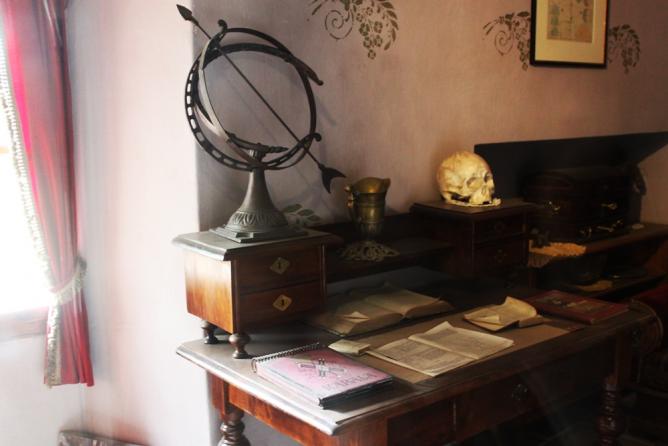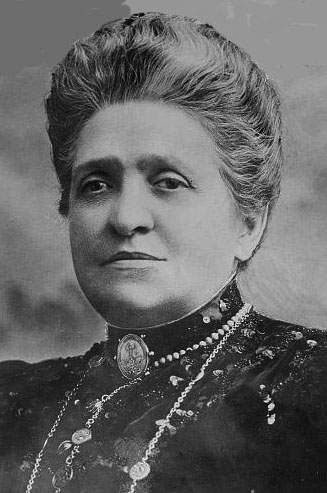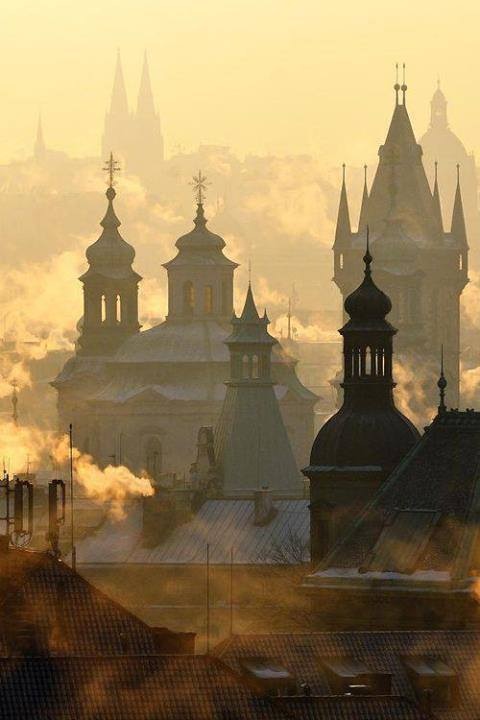Along the Golden Lane in the Prague castle complex is house number 14, the residence of the famous psychic Madame de Thebes (Matylda Průšová), who lost her son in the First World War. She was extremely sought after for her predictions, which later resulted in her being arrested and tortured to death by the Gestapo for predicting the downfall of the Third Reich. The cozy house has objects like tarot cards, a skull, and a bookshelf of books on horoscopes and astrology.
Following the 2011 reconstruction of Golden Lane, president Václav Klaus had his palm read in the home of Madame de Thebes, which was reconstructed with the help of the recollections of one Prague woman who had her fortune told there many years ago.
Madame de Thebes’ ghost plays a significant role in Come Hell or High Water, Part 1: Wellspring as she tries to warn Magdalena–using tarot cards–against trusting the ghost of Fen’ka.




